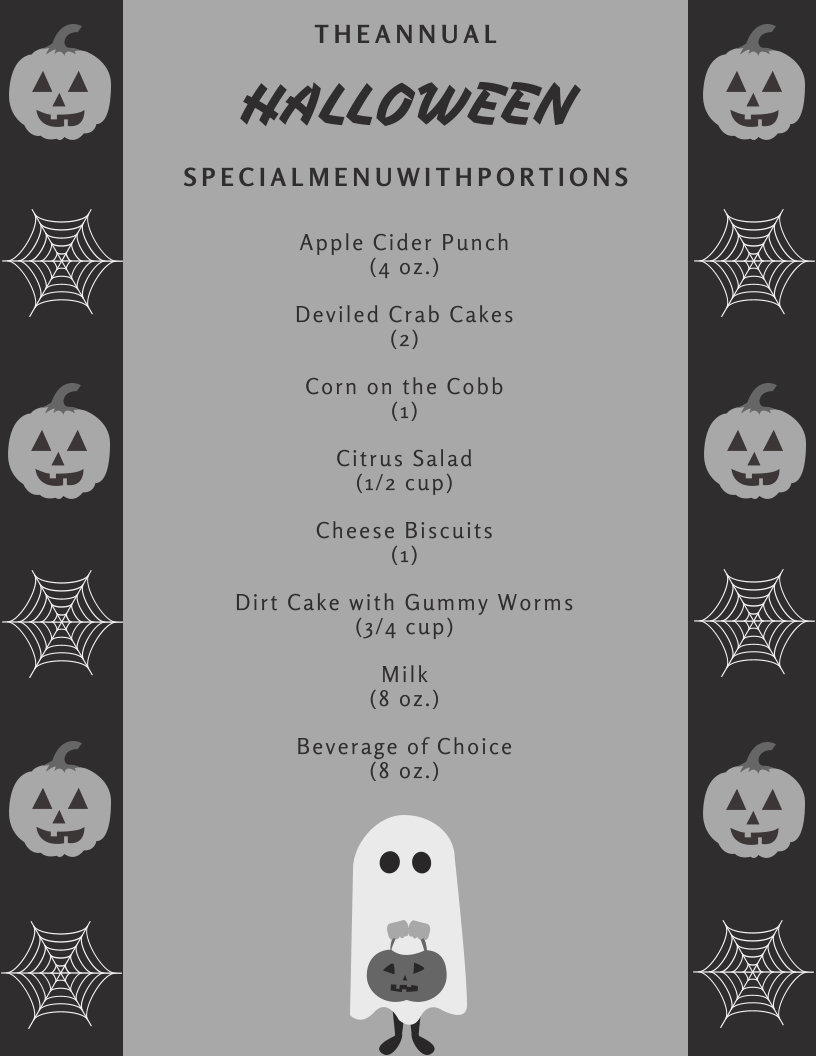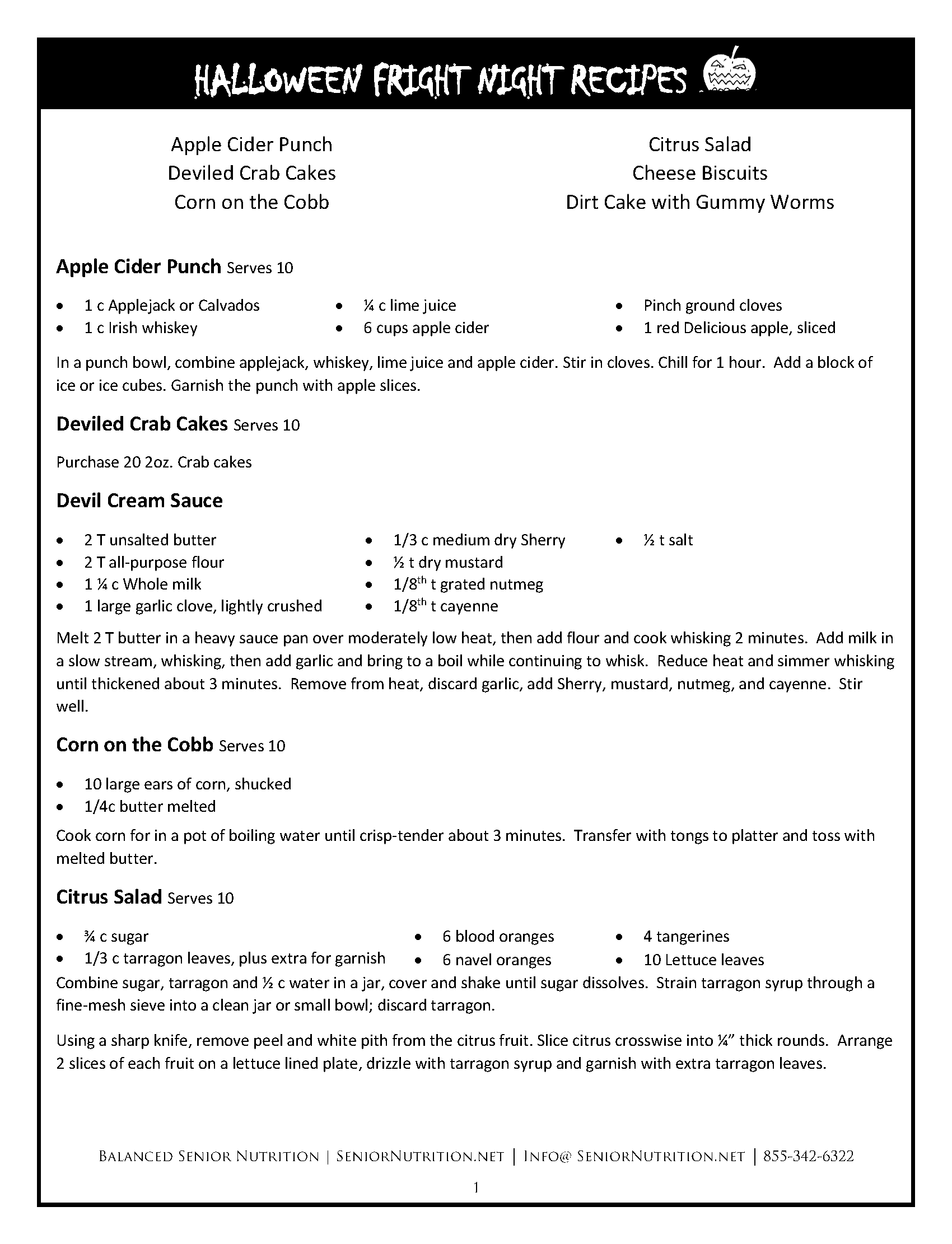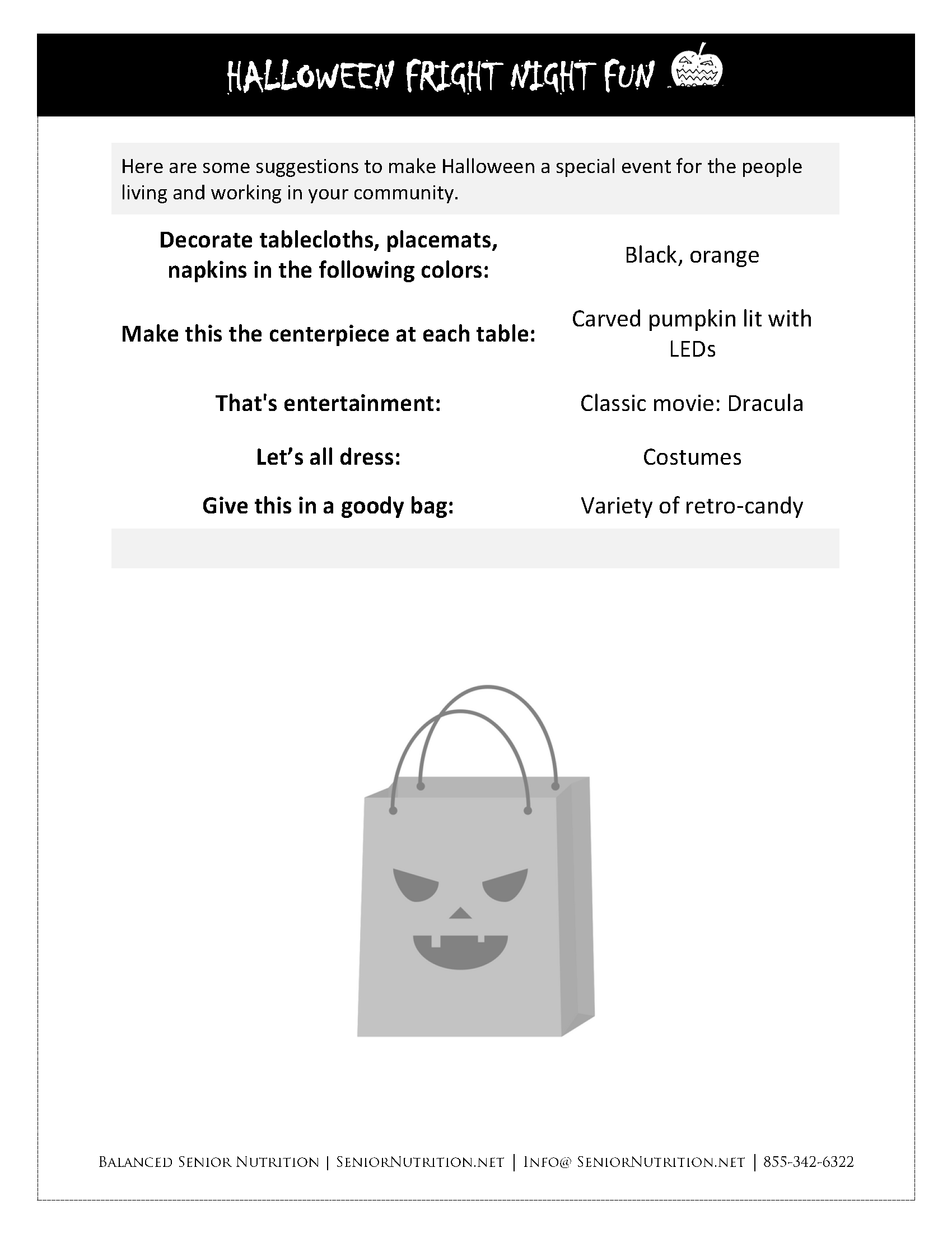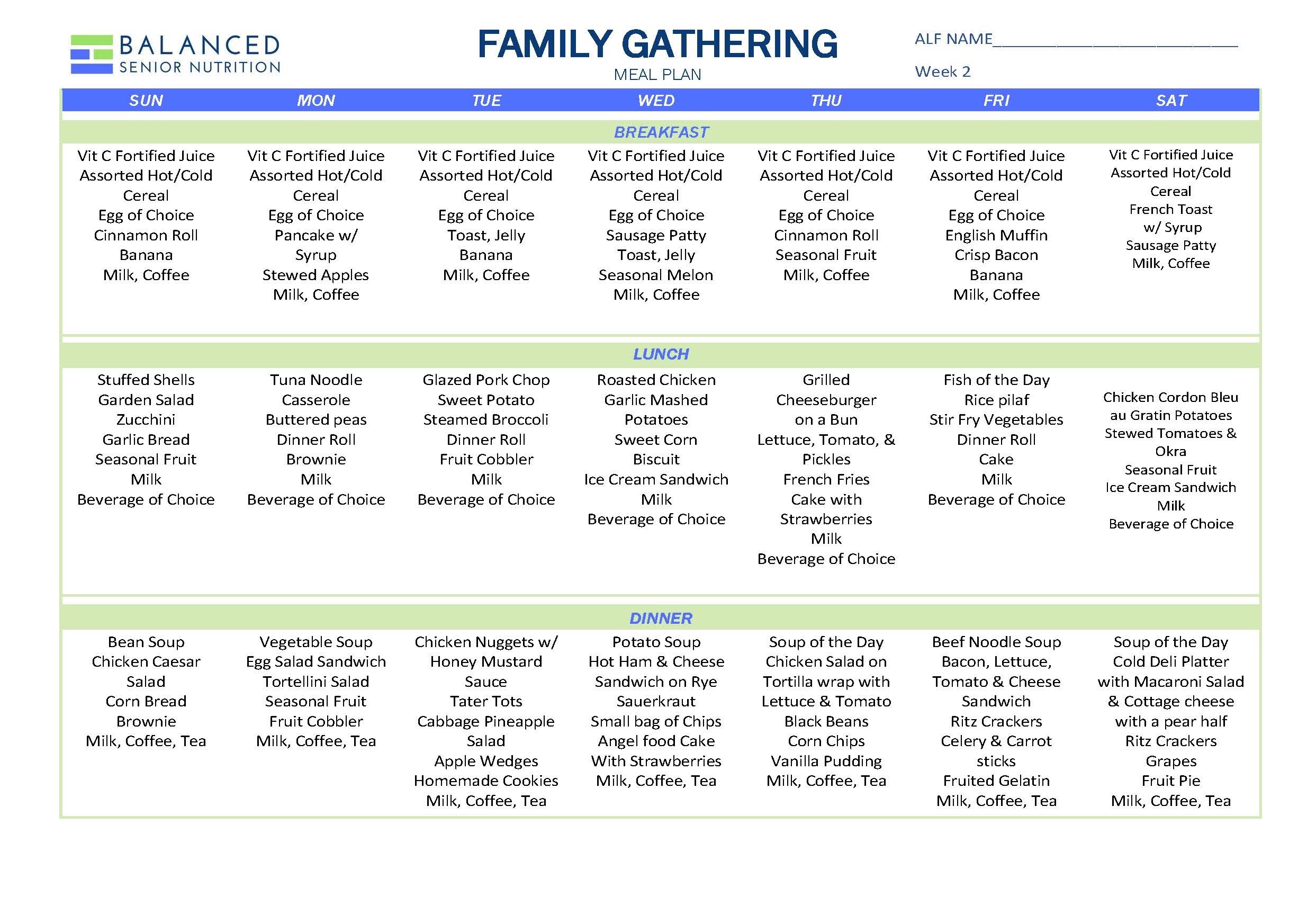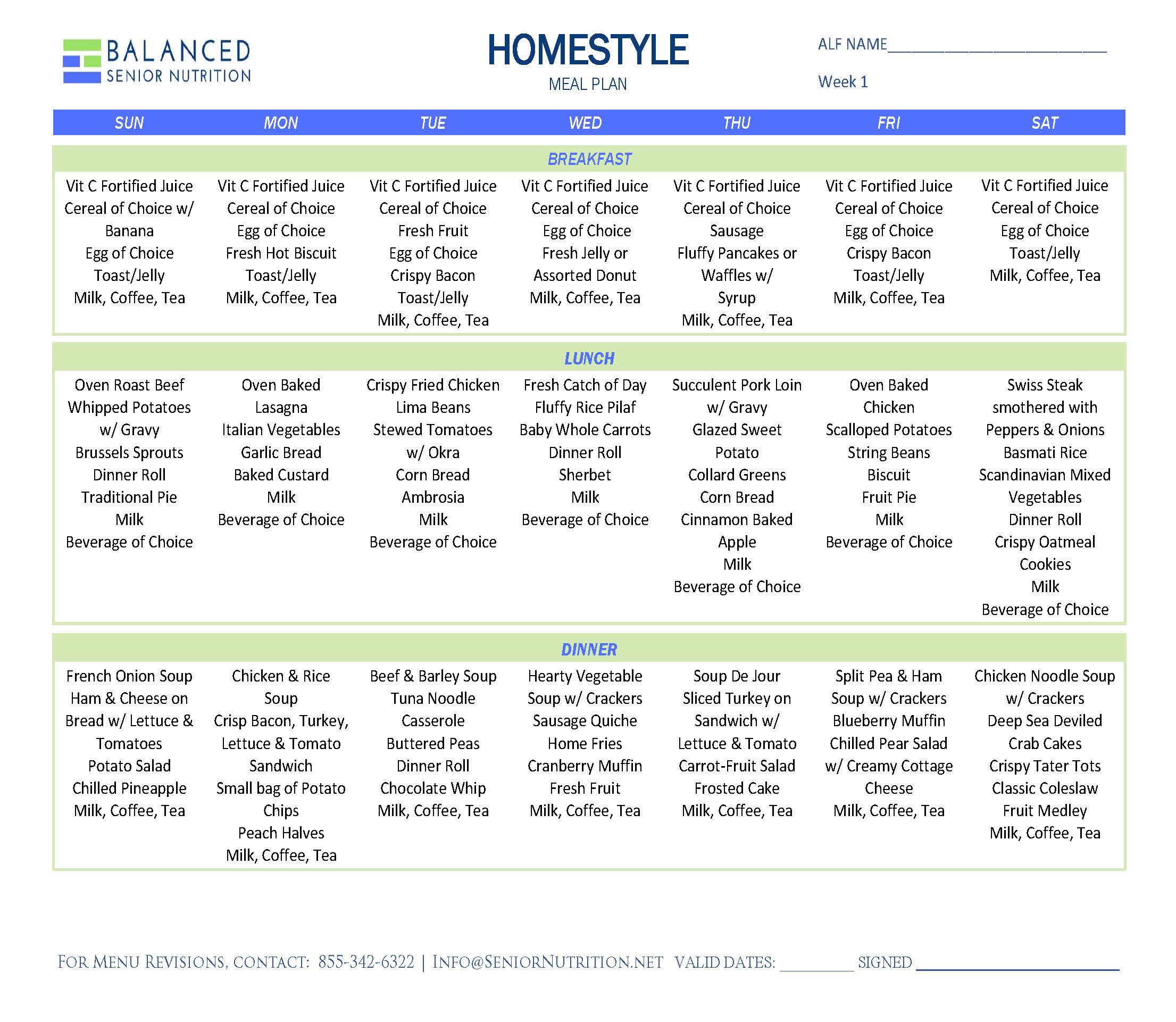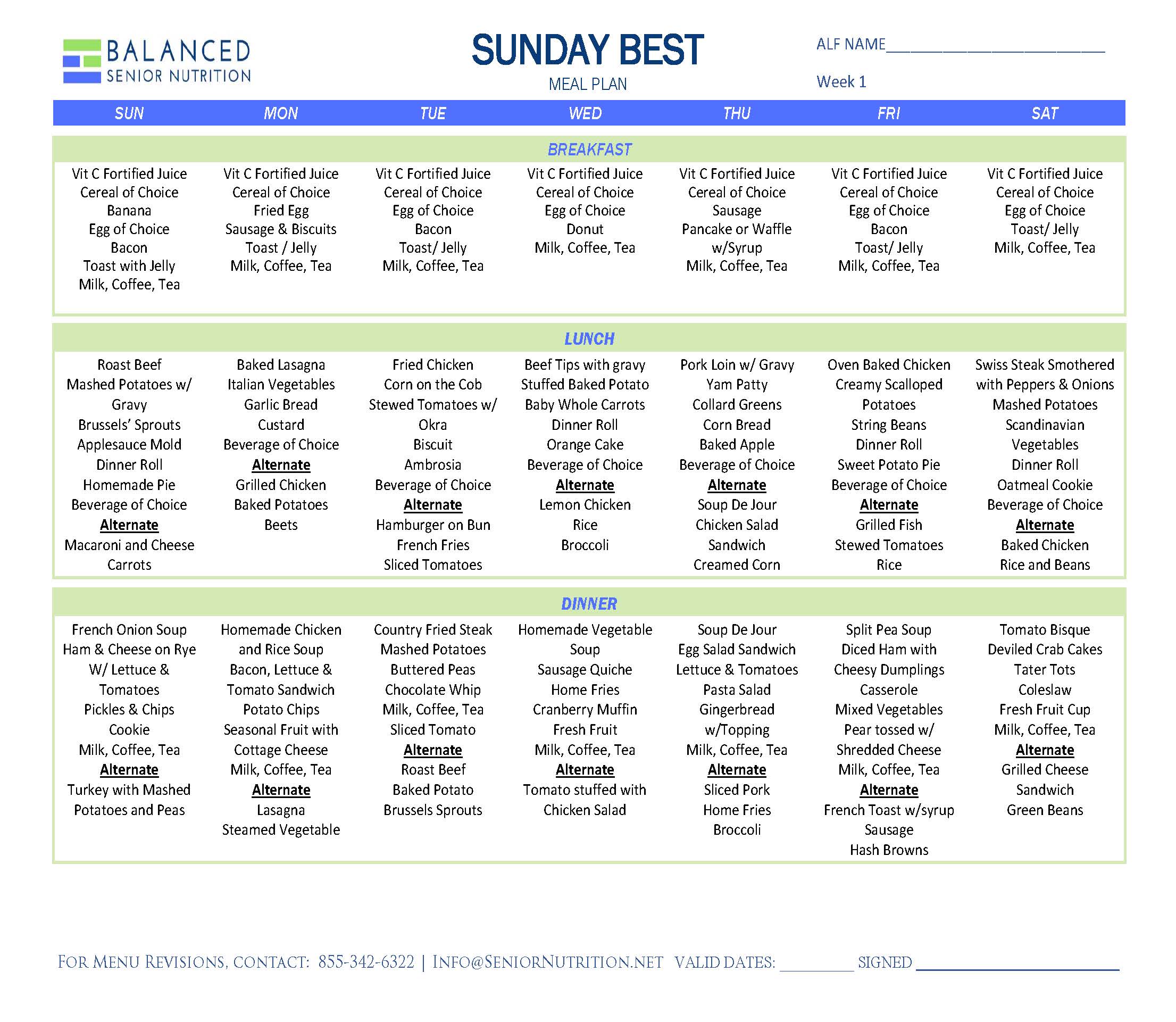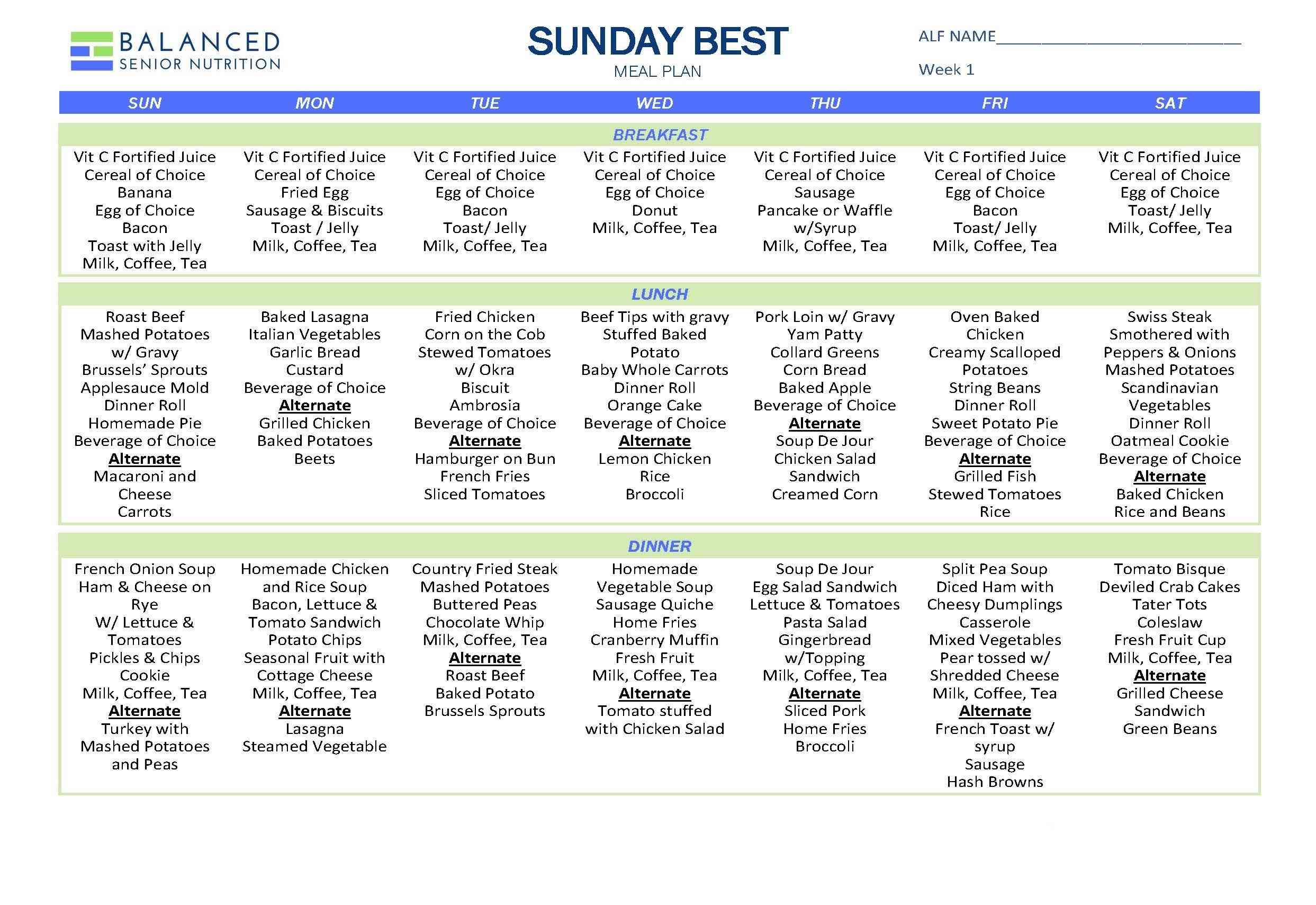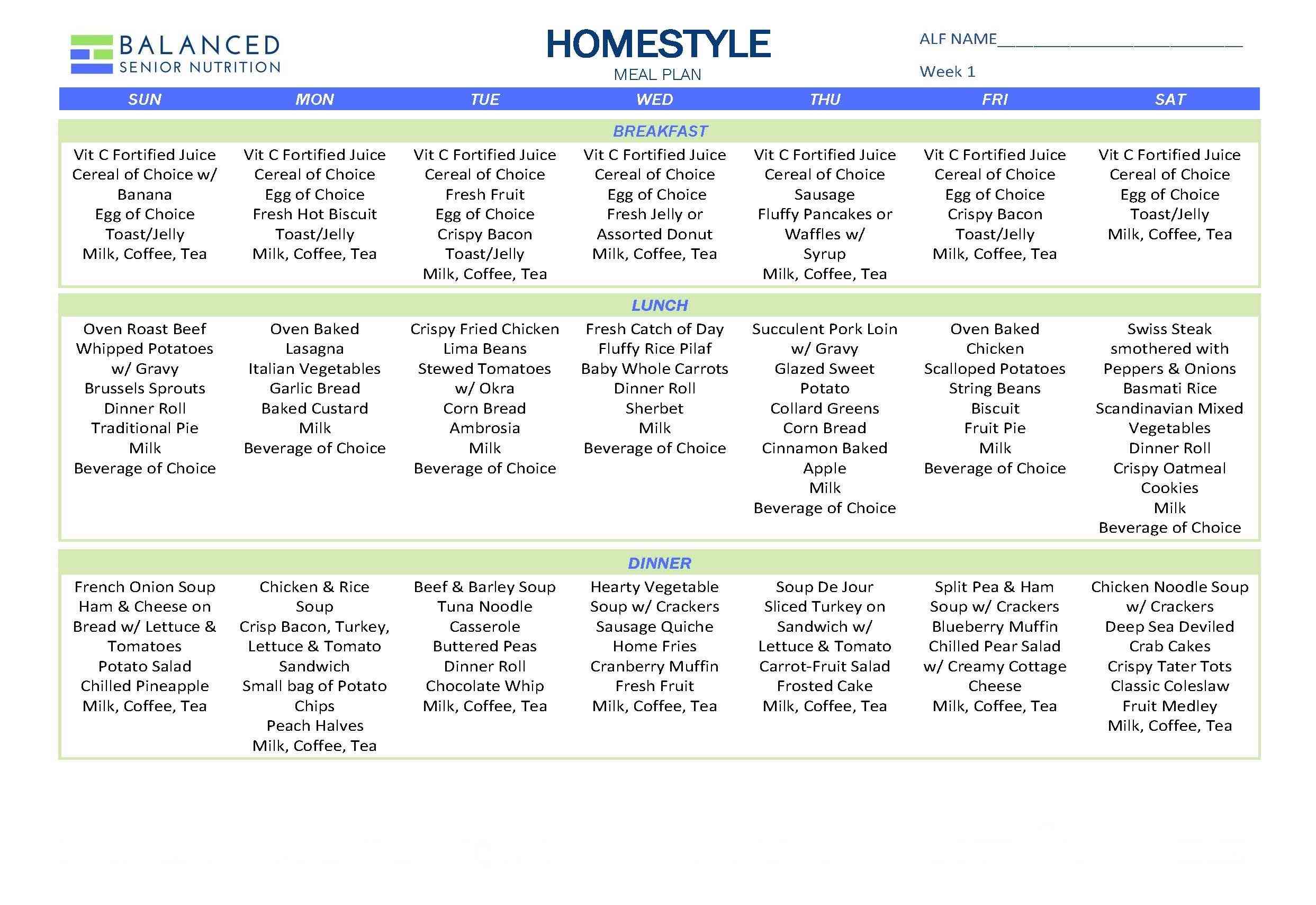F242 483.15(b): Avoid This Survey Citation with the Proper Documentation

During an annual survey at Pioneer Village, surveyor Bart Anderson was interviewing Ted Wallace, a resident who elected to eat his meal in his room. His diet order was for a regular diet, but with the stipulation added by the dietitian of no salt packet. When Ted’s lunch tray was delivered, Bart noticed that there was no salt packet on the tray and asked Ted, “Would you have used salt on some of your food if you had some?”
“Sure. A little salt makes things taste better I think.”
That “yes” lead the surveyor to write a citation to the community for not honoring the resident’s preference. The tag was F242 483.15(b) Self Determination – Right to Make Choices.
By the issuance of this citation we can all see that the pendulum is swinging in the direction of honoring resident choice instead of sticking with embedded institutional practices. But does this example show that diet liberalization through a standing regular diet order is the way to do it?
Let’s be clear: liberalization to a regular diet is not the goal of self-directed dining. A regular diet is just a starting point. The main goal is to individualize each diet to honor the preferences of each resident while developing safety-conscious approaches that consider the person’s physical and mental condition.
Individualizing diets is not an all-or-nothing proposition.
Maybe a resident likes a little salt on her eggs in the morning so she only wants a salt packet at that time. Maybe she likes salt, but is willing to try a salt substitute like Mrs. Dash. The point is a community won’t know what someone wants to eat unless it has the right forms to inform the discussion on what a resident prefers when it comes to meals and snacks. Related to that goal is making sure that each resident understands and acknowledges any risky decisions that they might make and to create a record of that acknowledgment. That’s why a well-thought-out care plan form based on a comprehensive dining preference form is so important to individualizing a person’s diet.
A citation like the one issued to Pioneer Village for omitting the salt packet could have been avoided by using a comprehensive dining preferences form. Then, you can use the form as a guide for creating a care plan based on a discussion of the risks and benefits of diet choices, and the approaches that honor those choices, particularly the risky ones.
Communication between care partners and residents is the key to making self-directed dining work, but to make it happen a community needs the right tools.
Where to start when changing the dining culture of your nursing home?
Let’s face it. Culture change is a challenge. It cannot be forced upon a community by simply embracing the idea of change. A community must act to make self-directed dining a reality, a part of the culture. But what good is changing menus or offering open dining if your community doesn’t have a plan or the documents to create effective care plans that support informed choice and a resident’s right to individualize their diet?
Every community needs documentation that perform six main functions:
Validates a resident’s need for diet restrictions. By validating the restriction, everyone understands what decisions can be made based upon that information.
Records a resident’s likes, dislikes, and concerns about what, when and where they eat, written down in their own words. It is estimated that 60% of a normal day for a person in continuing care revolves around mealtimes, so getting to know what, where and when a person wants to eat is imperative when individualizing diets. Again, it is all about communication.
Provides information about the risks and benefits of diet restrictions as well as individualizing a person’s diet. How can someone make an informed choice about their diet without getting the latest evidence based research about a diet’s effectiveness as it relates to their individual case?
Records the approaches that honor the resident’s choices as safely as possible. The heart of a care plan is the approaches that will be taken to make sure that the person’s choices are honored while trying to make those choices as safe as possible.
Documents that the resident has made an informed choice based upon the discussion of current-evidence based research. Respecting the dietary wishes of a resident who is capable of making decisions represents good ethical and clinical practice, and therefore is good legal risk management, according to attorney Marshall Kapp, an advocate for culture change.
Can be easily integrated into a community’s existing electronic care plan forms. The documentation tool can cover all the bases and provide the information necessary to write a concise care plan form that can then be entered into the existing system.
The change to self-directed care is not going away.
An effective care plan based on informed choice is only as good as the information you obtain from it.
Communities using outdated spreadsheets or forms to change the culture of their residents’ dining experience will find it difficult to do so. Most three column care plan forms are destined to fail because they simply are not structured to meet the CMS tag F242 483.15(b) on Self Determination – Right to Make Choices do so. Take a look at this example. Does this form address the six requirements for an effective self-directed care plan?
The validation of the resident’s diet restriction? It isn’t mentioned.
Where are the resident’s preferences mentioned? They aren’t, but how could they be mentioned when there is not place to record them?
Where is the evidence-based research to discuss risks and benefits of dietary changes? The form seems to rely on the memory banks of the care team who may or may not be up-to-date on the lastest information.
Where are the prompts that help develop comprehensive approaches that meet the resident’s wishes and desires while keeping them as safe as possible? Again approaches are developed by relying on the memories of the care team to cover all the bases. Wouldn’t it be better to present the same information the same way every time to every resident?
Where is the resident’s signature verifying that he or she understand and accept the risks, benefits and approaches of the diet based on the care plan discussion? How do you know the resident was even there when this care plan was created. The answer: you don’t.
As you can see, this traditional care plan form is designed to simply record the results of a discussion about a person’s dietary choices; not provide the information to intelligently discuss a resident’s dietary choices and the space to document that discussion.`If you do not have the proper documentation to record a person’s preferences, to intelligently discuss the risks and benefits of those preferences, and to record a person’s informed choice based on those discussions, you can probably expect to receive citations in the future for failing to meet the CMS tag F242 483.15(b) on Self Determination – Right to Make Choices.

